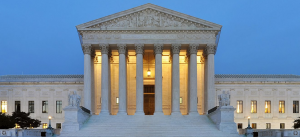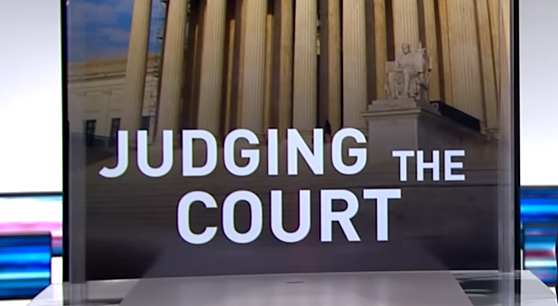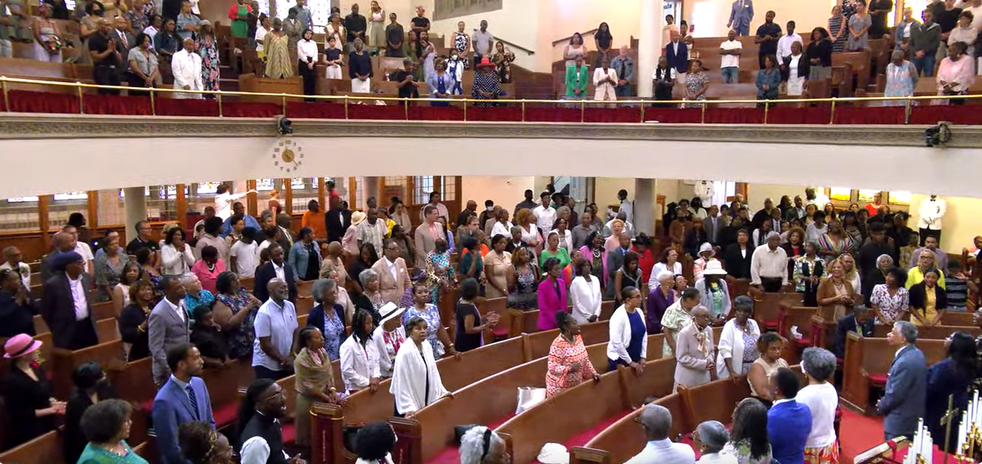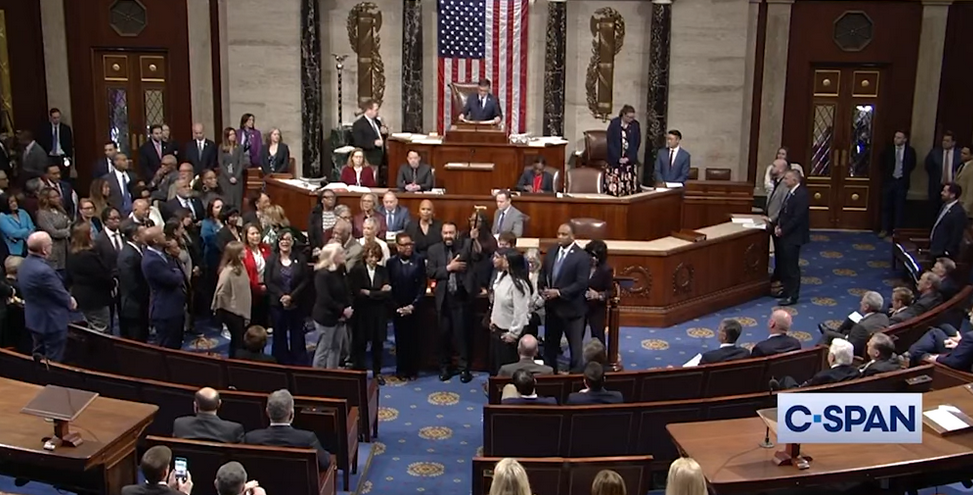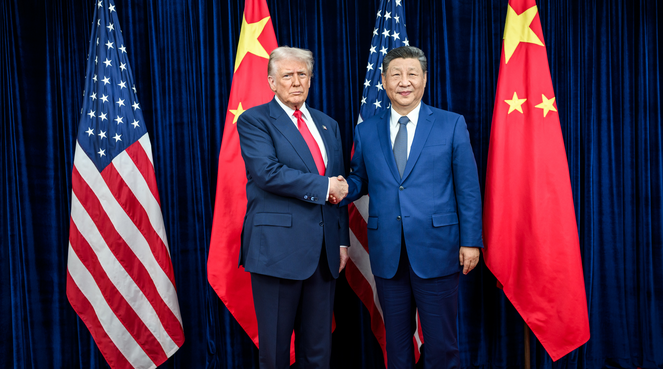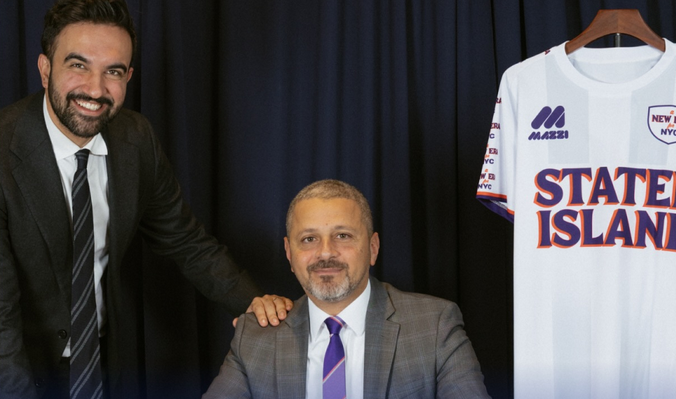Many of us are looking on with great concern as the U.S. Supreme Court moves a broad spectrum of federal law to the extreme right, from reproductive freedoms to voting rights. But we have other options: each state has its own constitution and own high court to protect and expand our rights. That’s why, almost 50 years ago, Justice William Brennan called on lawyers and judges to pay greater attention to state courts and state constitutions as “guardians of our liberties.”

In a (slightly belated) answer to that call, the Brennan Center recently launched State Court Report, a website, case database, and newsletter to focus attention on this important but underappreciated area of law. And last week, as part of that state-centric work, we hosted The Promise and Limits of State Constitutions, a symposium in partnership with the NYU Law Review with more than 300 people in attendance.
Over two days and seven panels, a fascinating set of conversations tackled everything from the relationship between state and federal courts, to how state constitutions should be interpreted, to how judicial elections and ballot initiatives impact the development of state constitutional law. We were honored to welcome more than a dozen sitting and retired state high court judges as panelists and attendees, along with prominent scholars and practitioners and many law students and members of the broader public.
One thing that struck me was the breadth of interest and enthusiasm for state constitutions. Arizona Justice Clint Bolick, formerly vice president for litigation at the Goldwater Institute, joined a panel, as did Justice Goodwin Liu of the California Supreme Court, a former law professor who was first nominated to the court by Gov. Jerry Brown. At the symposium, Justice Liu joked that he wouldn’t have believed when he was sworn in 13 years ago that he would one day attend a sold-out conference with an overflow room for a symposium on state constitutions.
But this newfound enthusiasm is richly merited. When it comes to protecting rights, state constitutions can and often do offer stronger protections than the U.S. Constitution. In recent years, we’ve seen significant rulings from state supreme courts in areas such as partisan gerrymandering, abortion rights, and government takings of private property.
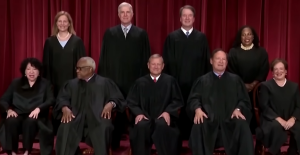
At the State Court Report symposium, a series of panels dug deeper into some of the areas where state constitutional law is developing most rapidly: reproductive rights, democracy and voting rights, and criminal justice. One of the biggest differences between state constitutions and the federal Constitution is the ease with which state constitutions can be amended, and ballot initiatives loomed large in several of the conversations. One striking account came from retired Ohio Supreme Court Chief Justice Maureen O’Connor, who discussed a campaign she is now helping to lead to amend the Ohio Constitution to rein in gerrymandering — as well as the recent defeat by voters of a proposed amendment that would have made it harder to amend the state constitution going forward.
Participants proposed a list of needs to develop state constitutional law and bring state constitutional practice onto par with its federal counterpart. Judges and practitioners alike called for more scholarship to help move state courts beyond lockstepping their constitutions with the U.S. Constitution. New York Court of Appeals Judge Caitlin Halligan highlighted the importance of being able to access materials related to state constitutional history — materials that can be surprisingly difficult to dig up in some states. Several practitioners and academics discussed how funding difficulties and uneven access to justice pose barriers to vindicating rights in state courts. Panelists pointed out that few law schools offer even a single course in state constitutional law, and several participants urged law students to think beyond a few big cities when setting up their practices.
We’re excited to have had the opportunity to shine a spotlight on these vitally important and chronically underappreciated sources of law and rights. And if you’d like to engage more with these ideas but weren’t able to make it to the symposium, fear not! State Court Report will be sharing videos from the conference in the coming weeks, as well as other content inspired by the discussion. (We’ll also continue to cover recent cases and trends in state constitutional law — if you’d like to learn more, please sign up for our newsletter.) And in the longer term, our partners at the NYU Law Review will be publishing scholarly articles inspired by the convening. We’re looking forward to continuing the conversation.
